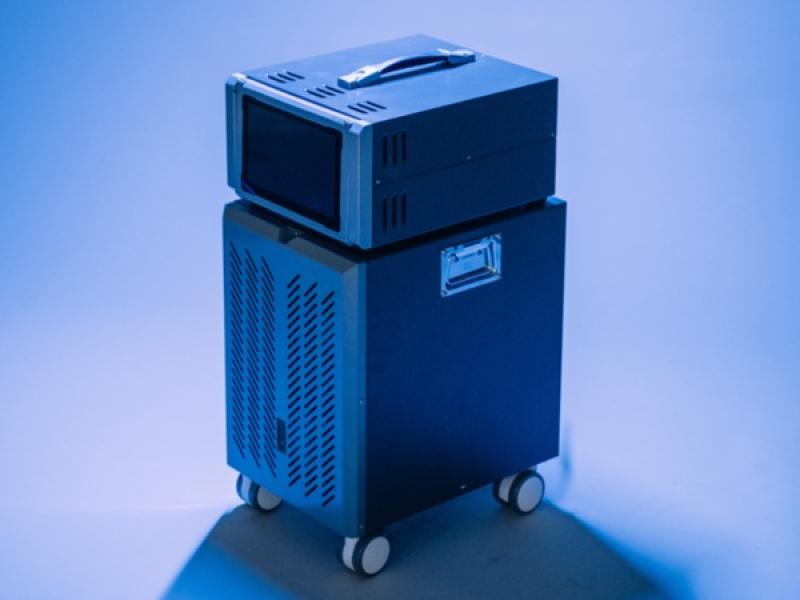
The Canadian government has introduced a new protocol under its Greenhouse Gas Offset Credit System to encourage businesses to upgrade refrigeration and air conditioning systems to reduce harmful emissions.
The Reducing Greenhouse Gas Emissions from Refrigeration Systems Version 1.0 (RGGERS) protocol will reward businesses with offset credits to generate revenue. Each credit is based on eliminating one tonne of carbon dioxide equivalent.
“The Canadian Greenhouse Gas Offset System promotes investment into technologies that achieve greenhouse gas emission reductions across multiple sectors," Tooraj Mulai, the vice-president of climate solutions firm Anew Climate, said in a statement.
The Refrigeration Systems Protocol will incentivize businesses to convert their refrigeration systems to new, low-global-warming-potential systems and encourage new facility owners to implement the latest and most environmentally friendly technologies at the onset, Mulai added.
“This offset system, and the offset market, provide an excellent opportunity for businesses to address broad environmental goals while also achieving economic growth.”
Anew has Canadian offices in Vancouver and Calgary, and is also present in the U.S. and Europe.
Canada’s Greenhouse Gas Offset Credit System
Facilities that can participate in the new refrigeration protocol include food processing plants, ice rinks, shopping centres, office buildings, industrial parks, retail grocery stores and cold-storage warehouses.
Eligible refrigeration systems for RGGERS include: centralized refrigeration, commercial air-conditioning, chillers, condensing units and heat pumps.
An example given are community hockey arenas that use hydrofluorocarbons in ice-making machines – a greenhouse gas with a global warming potential much more potent than carbon dioxide. Switching to a more environmentally friendly system would make the facility eligible for offset credits.
“In order for the project to generate offset credits under Canada’s GHG Offset Credit System, project activities must result in GHG reductions or removals that go beyond business-as-usual practices and legal requirements, and must not already be incentivized by carbon pollution pricing,” a government webpage states.
Credits will be issued after the project is completed and the first reports have been sent.
By 2030, Canada aims to reduce its greenhouse gas emissions 40 to 45 per cent below 2005 levels.
Other protocols
The new protocol builds on the existing protocol published in June 2022 for Landfill Methane Recovery and Destruction, which supports projects that actively recover and destroy landfill gas.
For example, a municipality with a closed landfill site that is not regulated could install landfill gas collection wells and destruction devices, such as flares, to collect methane and convert it into biogenic carbon dioxide, rather than emit methane into the atmosphere.
A Greenhouse Gas Offset Toolkit is available in several languages.
Other protocols under development include: Improved Forest Management on Private Lands; Livestock Feed Management; Direct Air Carbon Dioxide Capture and Sequestration; and Enhanced Soil Organic Carbon.
Work on a protocol for Anaerobic Digestion will also begin in spring 2023.










